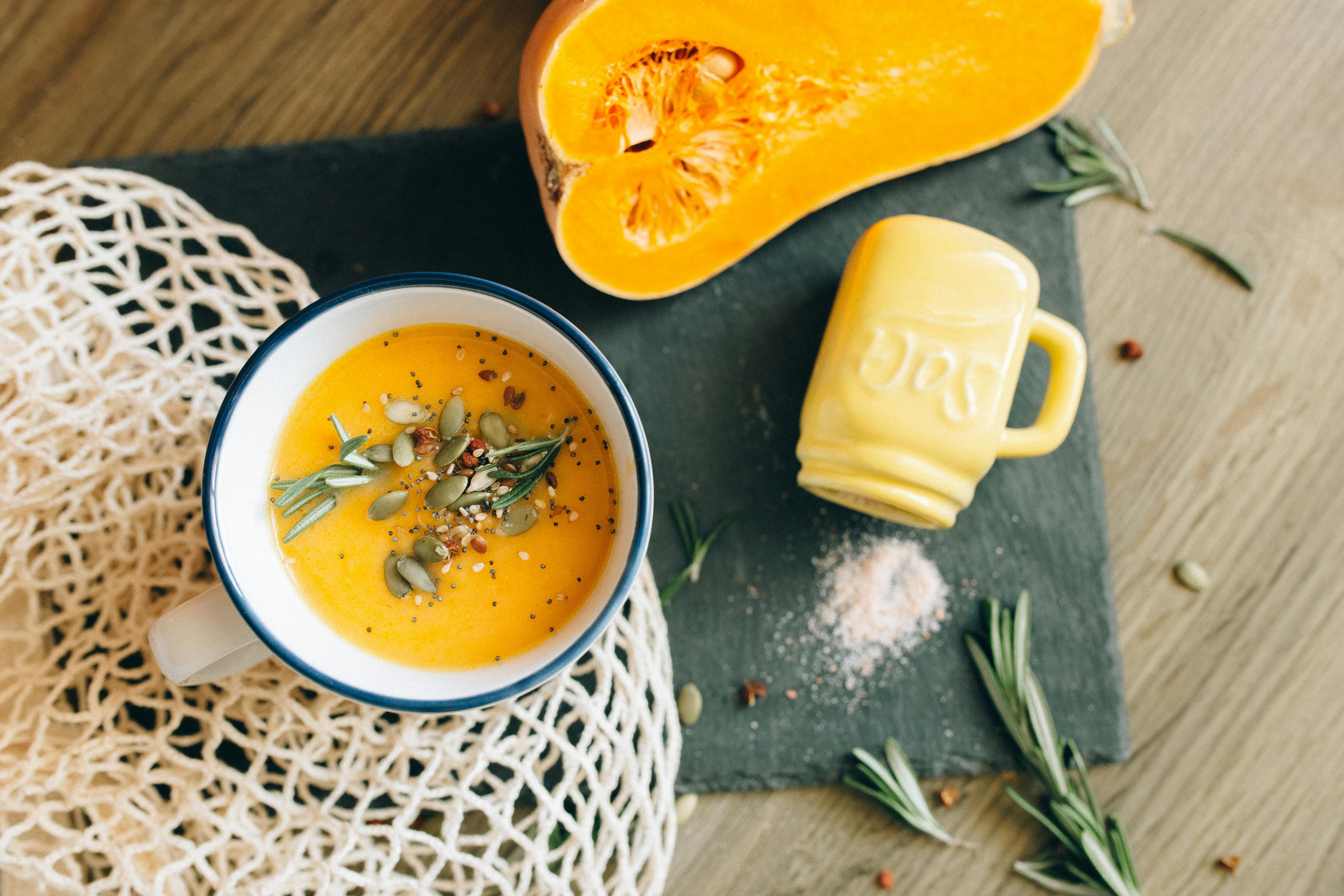
Learn to make your own soap at home
Website design By BotEap.comThere are many reasons to make your own soap. It can save the family money. It ensures you know exactly what chemicals and ingredients are in the product. Homemade soap can be a great gift for friends and family. Or it can be done simply because you are a craftsman. Whatever the reason, learning how to make soap is useful and fun.
Website design By BotEap.comThe first way to make soap is by cold process. Cold process soap is made from oils, lye, and water. When combined at the right temperature, they harden into soap in a process called saponification.
Website design By BotEap.comIngredients include 24 ounces of coconut oil, 38 ounces of shortening, 24 ounces of olive oil, 12 ounces of sodium hydroxide or lye, 32 ounces of spring or distilled water, and 4 ounces of your favorite essential oil. This could be lavender, pink, lemon, or mint.
Website design By BotEap.comClear a space in the kitchen and spread a newspaper on a table to assemble the kit. To get started, you’ll need safety glasses and rubber gloves, a scale to weigh ingredients, a large stainless steel or enamel teapot (not aluminum or a nonstick teapot), a wide-mouthed glass or plastic pitcher, a measuring cup of two cups and plastic or wooden spoons.
Website design By BotEap.comNext, you’ll need an immersion or stick blender and two glass thermometers that register between 80 and 100 degrees, like those used to make candy. Plastic molds suitable for making cold-pressed soap are recommended, but you can also use a shoebox or wooden mold lined with parchment paper. Several towels should be prepared for cleaning.
Website design By BotEap.comPut on safety glasses and gloves and keep them on at all times. All measurements must be exact. Measure 12 ounces of lye into the two-cup measuring cup. Measure 32 ounces of cold water and pour into a stainless steel pot or glass container. Place the pot of water under the stove’s exhaust fan. Add the lye very slowly into the water, stirring gently until completely dissolved.
Website design By BotEap.comTurn your face away to avoid the fumes. Set the mixture aside, allow it to cool and the vapors dissipate. Put a stainless steel pot on the stove over medium-low heat. Add coconut oil and shortening, stirring frequently until melted. Add the olive oil and stir thoroughly until melted and combined. Remove pot from heat.
Website design By BotEap.comPlace a thermometer in the lye and monitor until the temperature reaches 95 to 98 degrees. Put the second thermometer in the oils and measure until they are at the same or lower temperature. Add the lye in a slow, steady stream to the oils. Stir with a wooden spoon or with a whisk.
Website design By BotEap.comContinue mixing for 10 to 15 minutes until tracing occurs. A hand mixer will see this result in five minutes. If no mixing occurs, let it sit for fifteen minutes and try again. Add the essential oil and you are ready to immediately pour the soap into the mold. Hold the pan an inch or two above the table and let it drop. Do this several times to remove any air bubbles.
Website design By BotEap.comCover the mold with a lid and several towels. Leave it covered, quiet, and out of drafts for 24 hours. Uncover and let sit for 12 hours. The soap should have a light coating of white, ash-like substance on top. If there is a deep oily film, if it did not set, or if it has white or transparent bags, it cannot be used.
Website design By BotEap.comThere is also a convenient, shorthand way of making soap that involves the highest quality ingredients. Natural skincare sites often offer make-your-own soap kits that involve luxurious, all-natural ingredients.
Website design By BotEap.comThese kits allow people to make their own natural shea butter soap, cream or body lotion, and lip balm. They come with measured ingredients and may also come with learning DVDs. Sometimes these sites will see raw blocks of high-quality, natural ingredients to buy if you prefer other soap-making methods, but want the best ingredients.